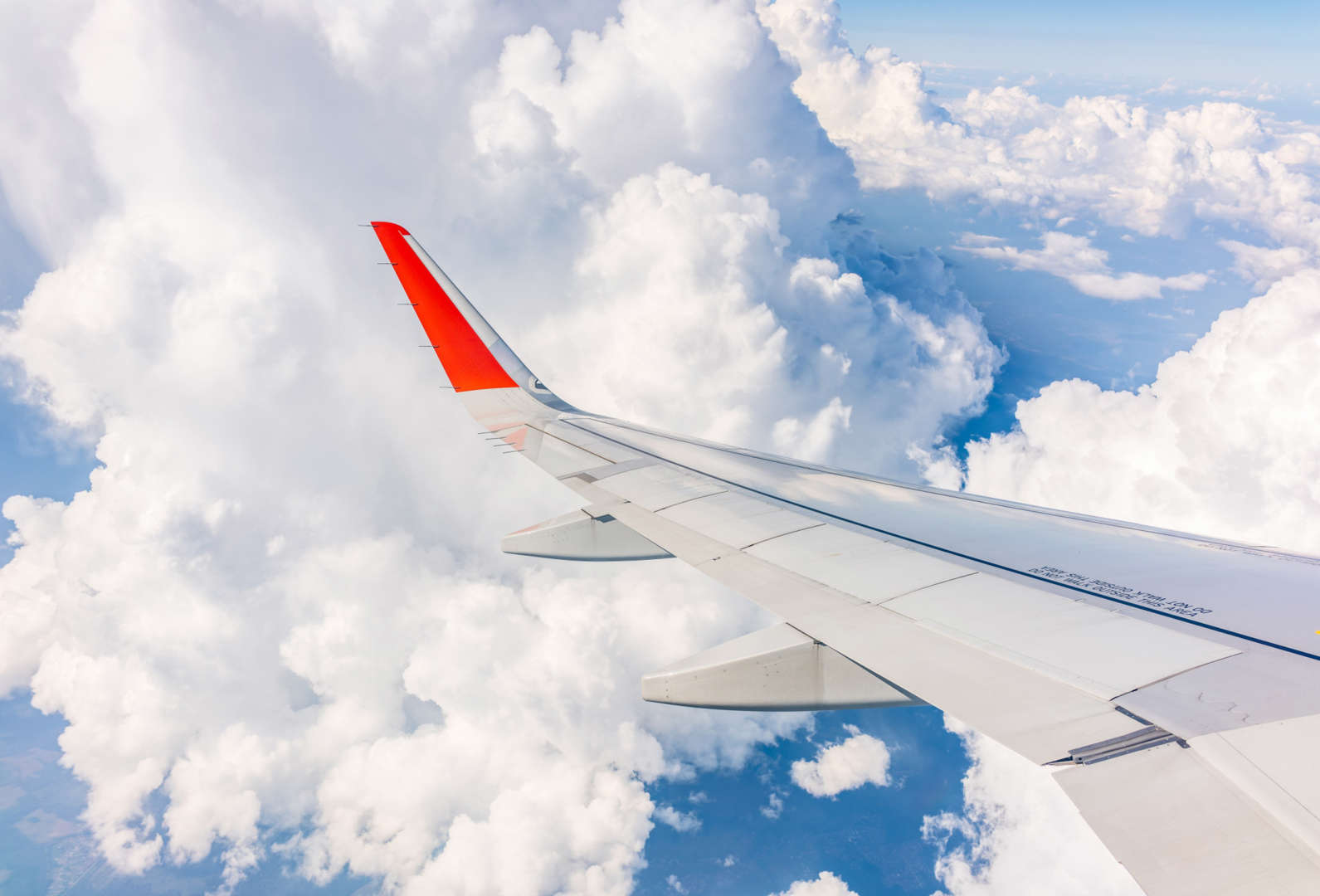1. Airplanes Fly Due to Four Fundamental Forces
 At the heart of how airplanes work are four main forces:
At the heart of how airplanes work are four main forces:
-
Lift: The upward force that counteracts weight.
-
Weight (Gravity): The downward force pulling the plane toward Earth.
-
Thrust: The forward force produced by engines or propellers.
-
Drag: The air resistance that opposes thrust.
For a plane to take off, thrust must overcome drag, and lift must overcome weight. Once in the air, a careful balance between these forces allows an airplane to cruise, climb, or descend smoothly.
2. Wings Generate Lift Using Air Pressure Differences
One of the most important parts of an airplane is its wings. The wing's shape—called an airfoil—is designed to create faster airflow over the top and slower airflow under the bottom. This difference in air pressure produces lift.
This principle is known as Bernoulli’s Principle, and it’s what allows airplanes to become airborne. Some lift is also generated by the angle of attack, which is the angle between the wing and the oncoming air.
3. Engines Provide the Thrust for Forward Motion
Airplanes move forward thanks to engines. There are different types of aircraft engines:
-
Jet engines (used in commercial and military planes)
-
Turboprop engines (used in regional aircraft)
-
Piston engines (used in smaller private planes)
Engines work by taking in air, mixing it with fuel, igniting it, and forcing the hot gases out the back. This reaction force, based on Newton's Third Law, propels the airplane forward and allows the wings to generate lift.
4. The Tail Helps Control Stability and Direction
The tail of an airplane, also known as the empennage, includes the horizontal stabilizer and the vertical stabilizer:
-
The horizontal stabilizer controls pitch (up and down movement).
-
The vertical stabilizer controls yaw (side-to-side movement).
These components help keep the aircraft stable and respond to pilot inputs. Without a tail, most airplanes would be extremely difficult to control.
5. Ailerons, Elevators, and Rudders Control Movement
Airplanes turn, climb, and descend using three main control surfaces:
-
Ailerons (on the wings) control roll—helping the plane turn left or right.
-
Elevators (on the tail) control pitch—moving the nose up or down.
-
Rudder (on the vertical tail) controls yaw—moving the nose side to side.
Together, these allow pilots to maneuver the aircraft safely and precisely in three-dimensional space.
6. Different Airplanes Have Different Roles
Airplanes come in many shapes and sizes, each designed for a specific role:
-
Commercial airplanes (like the Boeing 737) are designed to carry passengers.
-
Cargo planes (like the C-130 Hercules) transport goods and freight.
-
Military jets perform missions like reconnaissance, air-to-air combat, or bombing.
-
Private planes are often used for recreation, training, or short business trips.
Each type of aircraft is optimized for its mission—some prioritize speed and altitude, while others focus on fuel efficiency or cargo capacity.
7. The Cockpit Is the Brain of the Airplane
The cockpit is where pilots control the aircraft. Modern cockpits include:
-
Flight instruments (altimeter, airspeed indicator, attitude indicator)
-
Autopilot systems
-
Navigation and communication systems
-
Glass cockpit displays (digital screens replacing analog dials)
The cockpit is designed to give pilots full situational awareness and control, even in complex weather or air traffic conditions.
8. Airplanes Are Built for Safety and Redundancy
One reason air travel is so safe is because aircraft are built with redundancy in mind. This means that if one system fails, there is usually a backup system in place:
-
Dual or triple hydraulic systems
-
Multiple communication radios
-
Redundant navigation systems
-
Backup instruments
In addition, airplanes undergo rigorous maintenance checks, inspections, and pilot training to ensure safety at all times.
9. Computer Systems and Aerodynamics Continue to Evolve
Modern airplanes rely heavily on fly-by-wire systems—digital controls that interpret pilot inputs and adjust the aircraft’s surfaces electronically. This improves precision and reduces pilot workload.
Also, new technologies like:
-
Winglets (to reduce drag and improve fuel efficiency)
-
Composite materials (for lighter airframes)
-
Hybrid and electric propulsion systems
Conclusion: Flight Is Science, Not Magic
Understanding how airplanes work reveals the incredible combination of physics, engineering, and innovation that goes into every flight. From the delicate balance of lift and thrust to the powerful engines and high-tech control systems, airplanes are marvels of modern science.
So the next time you see a plane soaring overhead, remember: it’s not just metal in the sky—it’s a finely tuned machine balancing the forces of nature to carry people, goods, and ideas across the world.

You must be logged in to post a comment.